- youtube
- bluesky
- Home
- About
- Costume Journal
- Membership
- Conference & Events
- Grants & Awards
- News & Social
In this week's blog, Costume Society Ambassador Francine McMahon reviews Manchester Art Gallery's latest fashion exhibition, Unpicking Couture. The exhibition is on display in the new dedicated Fashion Gallery until January 2025.
Following the opening of their new dedicated Fashion Gallery in 2022, Manchester Art Gallery have produced its second annual showing in the space; the exhibition Unpicking Couture opened on July 21st. It displays couture garments from the Gallery’s collection, acquired through a National Lottery Heritage Fund Collecting Cultures Grant, on display for the first time in this showing. The exhibition features garments spanning the history of couture from its origins with the widely accepted originator of Haute Couture, Charles Worth, through to more recent and subversive couturiers such as Vivienne Westwood, and including many more icons of design including Elsa Schiaparelli and Cristobal Balenciaga. In creating the exhibition, Manchester Art Gallery worked with Dr. Jeff Horsley from the Centre for Fashion Curation, London College of Fashion and Dr. Angela Piccini from the School of Art, Design and Architecture, University of Plymouth.
This collaboration is based in Manchester Art Gallery’s strong awareness of its social responsibility, something the gallery is historically highly committed to demonstrating in their work and embedding within their practices. This is particularly clear in Unpicking Couture; with full transparency, I was slightly underwhelmed upon first entering the exhibition. With a focus like Haute Couture, admittedly my expectation for the exhibition was that it would match its associated characteristics in display and design. This, of course also not helped by my (and probably many other people’s, given the lack of representation of fashion in many museums) earliest and most prevalent experiences of fashion exhibitions being at the likes of the V&A and The Metropolitan Museum of Art, where theatre is a given for any of their exhibitions of dress. Notably, though, this quickly became a strength of Unpicking Couture.
The exhibition focuses on several key areas of interpretation. The first of these, ‘Dressing for Joy’, opens up conversations on the emotive power of clothing and its potential for positive influence on our wellbeing. In the first of many conscious curatorial choices; the first item on display is a printed transcript of a conversation between Curator Rosie Gnatiuk, Learning Manager Kate Day and drag artist Cheddar Gorge on so-called ‘Dopamine Dressing’, under the ‘Dressing for Joy’ aspect of interpretation. This is displayed alongside a stunning bright yellow Balenciaga dress, embodying the principle of joyful and expressive dressing. While it is unusual to have rows of transcript taped to the wall in any exhibition, let alone as your first encounter, I found this a perfect entrance. The conversation was affirming to read, as they covered many of my own musings on the human relationship with clothing, and it set me up for deeper reflection throughout the rest of the displays with this in mind. This is also one of the many ways in which the exhibition subverts the typical associations of couture and made garments from the most elite levels of fashion much more relatable to an audience’s personal experiences with clothing.
The idea of ‘Couture Codes’ demonstrates the signature styles of iconic designers and couture houses. This display case features examples from a breadth of designers, each presenting a garment characteristic of their design style. For example: a Jean Paul Gaultier 1988 black and gold lace corset dress, the corset style emblematic of Gaultier; an Issey Miyake pleated two-piece from 1985-90, his innovation in design utilising pleats still popular in his collections today; and a 1998 beaded tunic by Alexander McQueen, with a print of the Russian Romanov children of Tsar Nicholas II, demonstrating McQueen’s frequent reference to history and storytelling through design. Older examples include an ensemble by Elsa Schiaparelli from 1937, demonstrating her use of materials and nods to Surrealism.
A dedicated display focusing on Vivienne Westwood brings an emotional touch to her iconic status as a leader in late twentieth century punk style in London. A 1981-82 toga dress displayed with film clips and a personal letter provide insight into her creative process, as well as her struggles in being a high-end designer with a controversial style profile.
Moving on to ‘Couture Attributes’, the broader distinctive characteristics encompassing all high-end fashion design are highlighted across different examples. These include elegance, extravagance, historical inspiration, and craft. In a reference to the gallery’s community work, the display is backed by ‘word clouds’ – selections of words chosen by a group of thirteen to sixteen year-olds from the National Saturday Club that speak to couture and the garments on display. A Madame Gres 1950s striped cocktail dress is shown with a miniature version created by Christian Kuhwald from the Manchester Fashion Institute, deconstructed to demonstrate the craft behind the panelled dress. A 1950s Balenciaga green coat is given the same recognition; a projection onto the case in which it is displayed shows a video deconstruction of the coat. At a press preview of the exhibition I attended, Jeff Horsley explained that this use of projection meant the ‘thing that’s normally a barrier to keep you away from the object becomes a screen’, again allowing this exhibition to minimise the physical and mental gap between audience and garment.
The couture attribute of extravagance is demonstrated by flamboyant items on display, such as a stunning Pierre Cardin white evening dress and coat from 1994, a stunning ensemble of a glowing white beaded floor-length gown framed by a swooping coat made up of layered, structured oversized frills. An 1870s Charles Worth dress displayed alongside a Yohji Yamamoto 1995-56 tweed dress that speaks to its historical inspiration demonstrates the strength in the heritage of couture, and the running conversations, inspirations, and shared craft between designers over time.
The concept of ‘Slow Looking’ is used to encourage audiences to examine objects on display in more detail and with ‘creative interpretation’. A dress worn by textile designer Celia Birtwell, featured in the David Hockney portrait Mr and Mrs Clark and Percy 1970-71, displayed alongside the garment. This dress is on show on a circular platform surrounded by easels, encouraging audiences to look in more depth at the item. When I visited the exhibition for the second time, after the exhibition had been on display to the public for a month, several of the easels had visitors’ drawings of the dress on them. Not only was this interesting to see what other people had picked out from this garment, but it was also really lovely to see how this display choice had encouraged more connection with the usually unattainable and unrelatable couture. I am personally very interested in appreciating clothing, particularly couture clothing, for its craft, artistry and beauty, more so than its monetary or social value, so I found it particularly inspiring to see how the curators had achieved this.
Finally, ‘Wear and Care’ puts a focus on sustainability in fashion with a particular comment on how we care for our clothing and encourage longevity. A display showing the conservation process for a 1938-39 Schiaparelli purple velvet jacket sits on the wall behind a display featuring the jacket itself. This is paired with a modern denim jacket upcycled by Stitched Up, a not-for-profit society based in Greater Manchester who focus on promoting and engaging in sustainable fashion practices. Much like the ‘Dressing for Joy’ interpretation, this display does well in bringing in modern relevance and relatability to historic dress.
Additional to the dress on display, materials from the exhibition production process are also on display. A full wall of the gallery is covered in the Schedule of Works, initial mind-maps, and renderings of the gallery space. This is one of a few subversive curatorial choices made by the exhibition team. Rarely does an exhibition invite the public into the process of its realisation, and particularly not in such a ‘raw’ way by displaying their original planning documents. The connection to curatorial process is enhanced by an Angela Picconi film, ‘Exhibiting Fashion is More Than’, about the process of designing and realising a fashion exhibition according to Jeff Horsley’s exhibition strategies. These displays open up an interesting conversation - considering to what extent visible practices are entwined in a museum realising its social responsibility, but also whether audiences find that seeing this enhances their experience of an exhibition at all. These questions are subject to ongoing research, but I personally am always in support of experimenting with new ways of curating and exploring the audience-museum relationship.
In part, my initial ‘underwhelm’ is probably indicative of cognitive laziness - expecting to walk into the exhibition and see the garments boldly displayed to match the flamboyance, elegance and drama of Haute Couture and in turn for my takeaway to be about the aesthetic qualities of the garments. However, it is in fact a benefit to my experience of the exhibition that this was not the case; the thoughtful curation encouraged more engagement and reflection with both the pieces but also the themes explored, both in regard to couture but also in regard to museum curation as a practice. As Curator Miles Lambert noted at the press preview, this exhibition is consciously not following the trends of traditional blockbuster exhibitions; instead the focus here is on sustainability and social responsibility. A triumph of the exhibition is its ability to take an area of fashion so out of reach to the majority of regular audiences and make it relatable and inspirational to them. With Unpicking Couture, Manchester Art Gallery is living its values and holding its legacy in regard to using its collections to be a force for social good within the city, as well as an inspiration to other museums looking to experiment with new ways of curating – thought provoking and fascinating in equal measure.
Costume Society members took a trip to Manchester in November 2022. Read Francine's review of the day, including Manchester Art Gallery's last fashion exhibition Dandy Style, here.
Image gallery
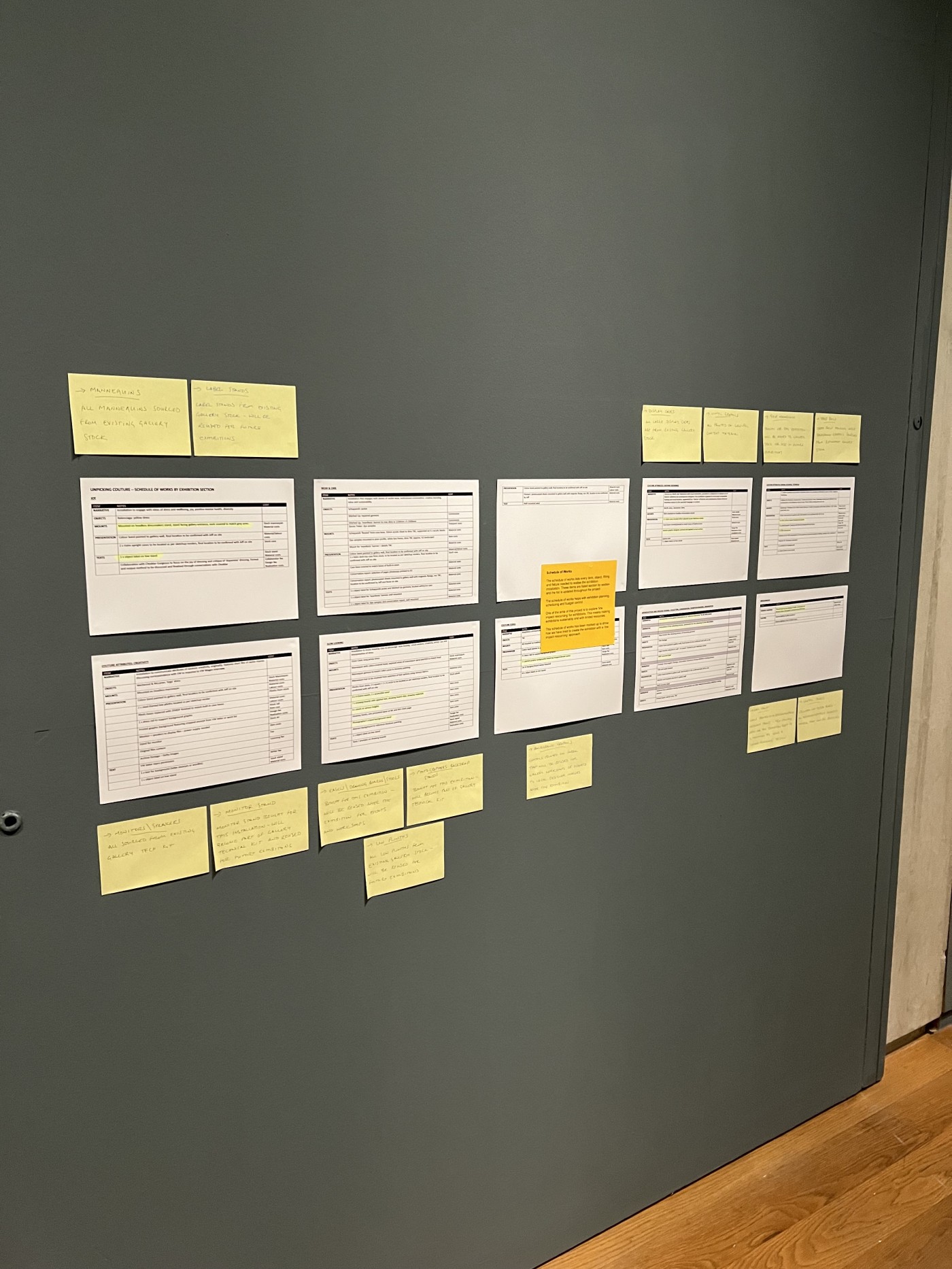
'Unpicking Couture' Schedule of Works on display.
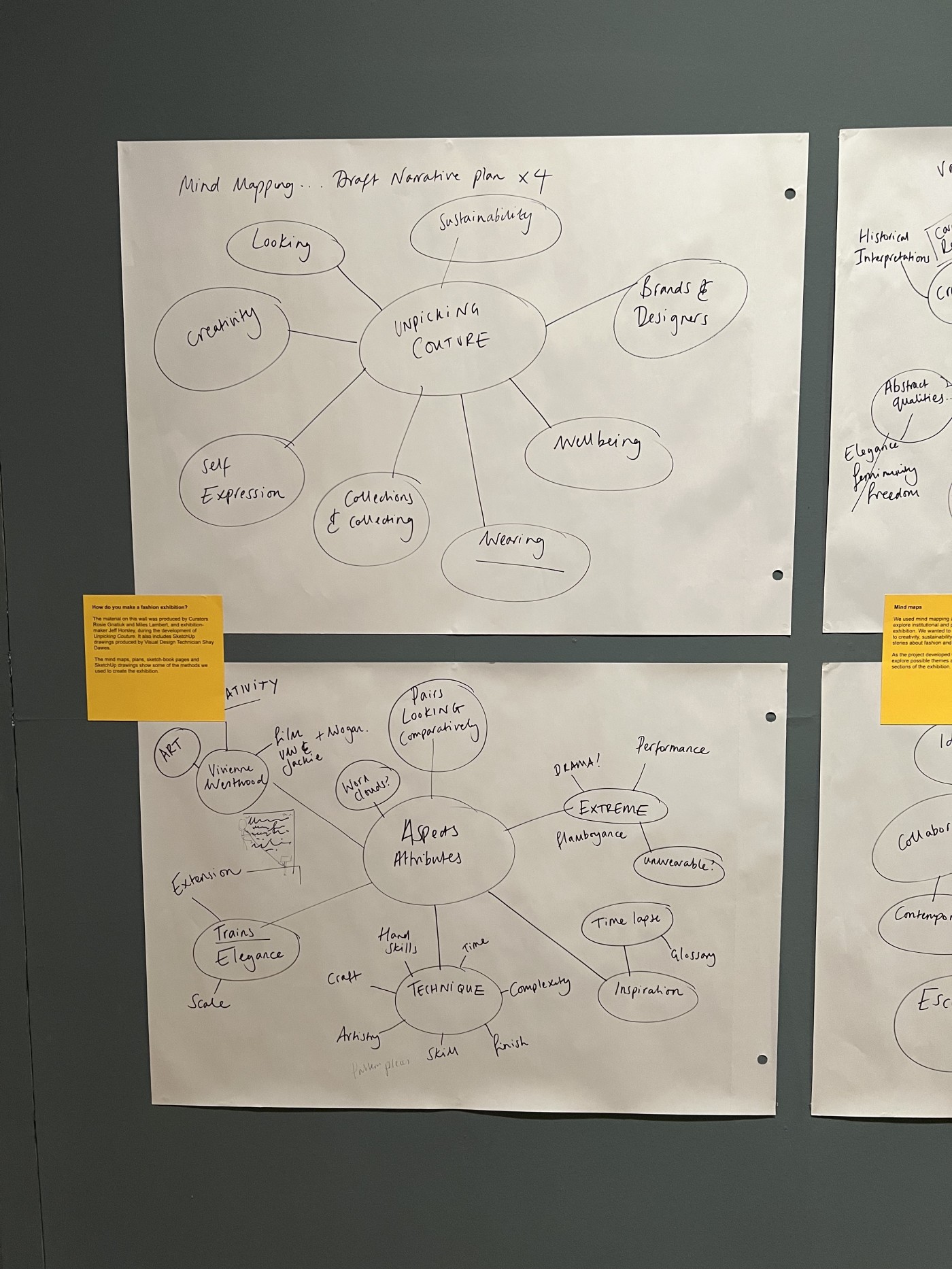
'Unpicking Couture' initial planning mind maps on display.
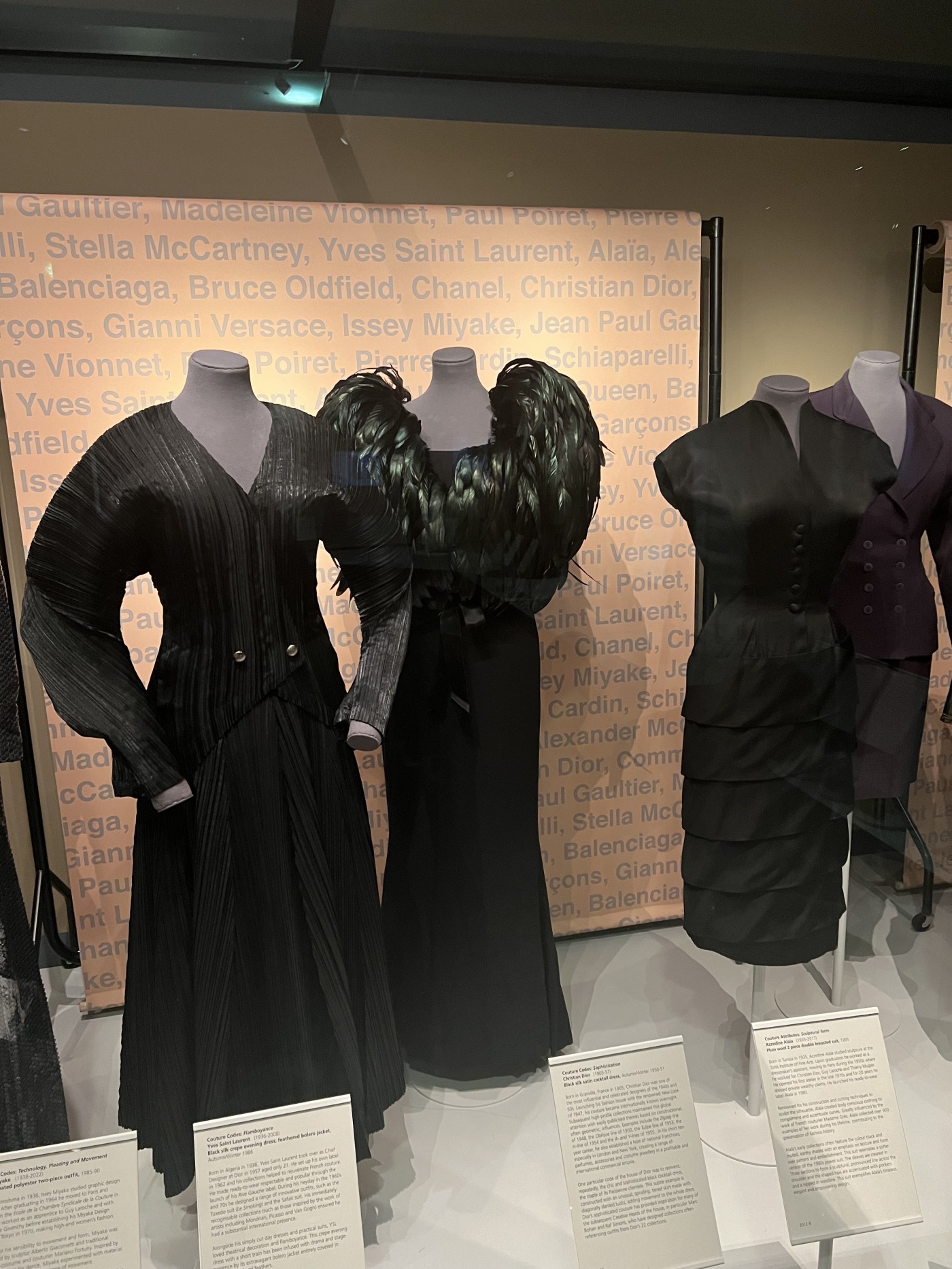
'Couture Codes' display.
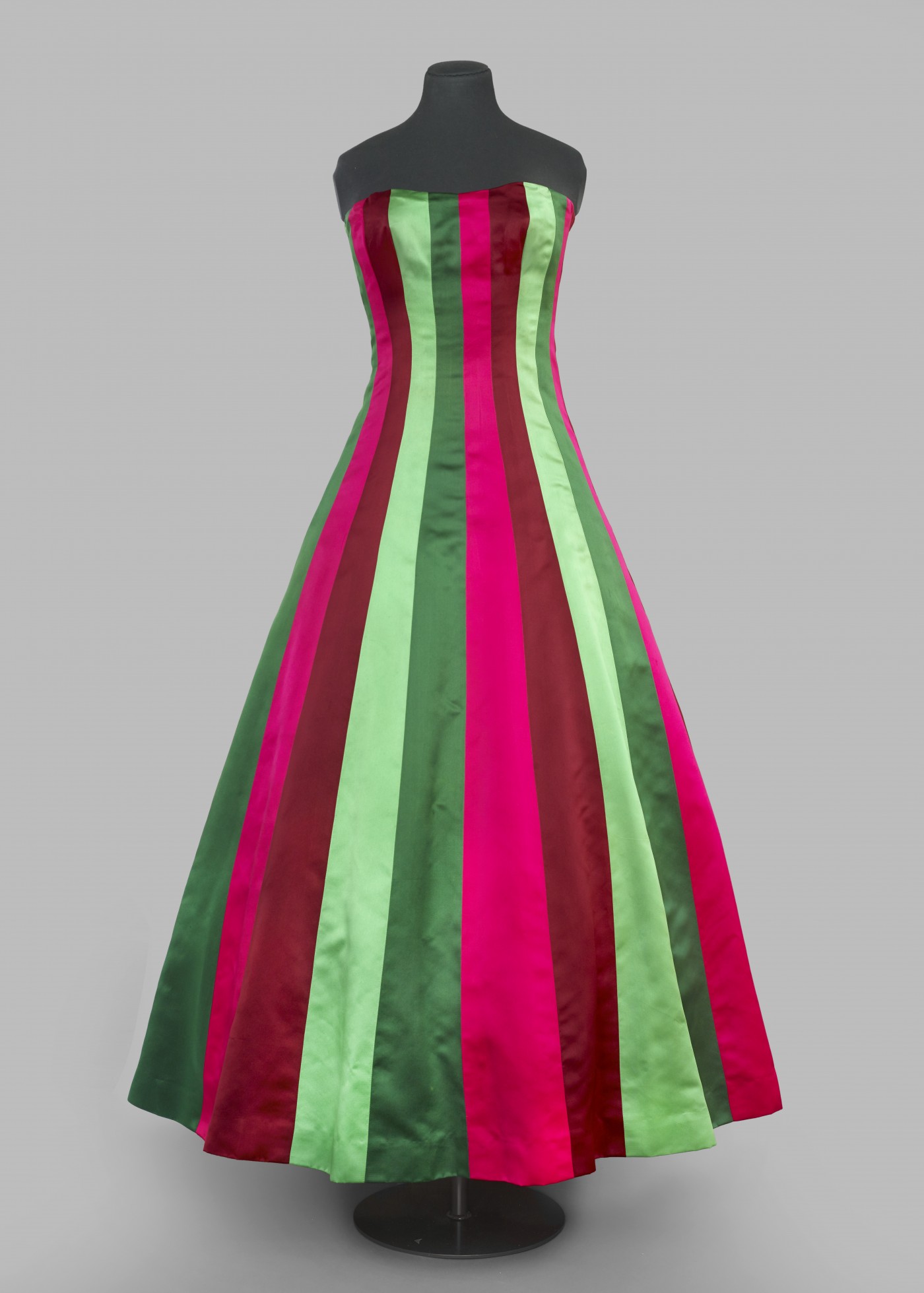
Image: Cocktail dress, Madame Grès, c. 1950 Manchester Art Gallery Photography: Michael Pollard
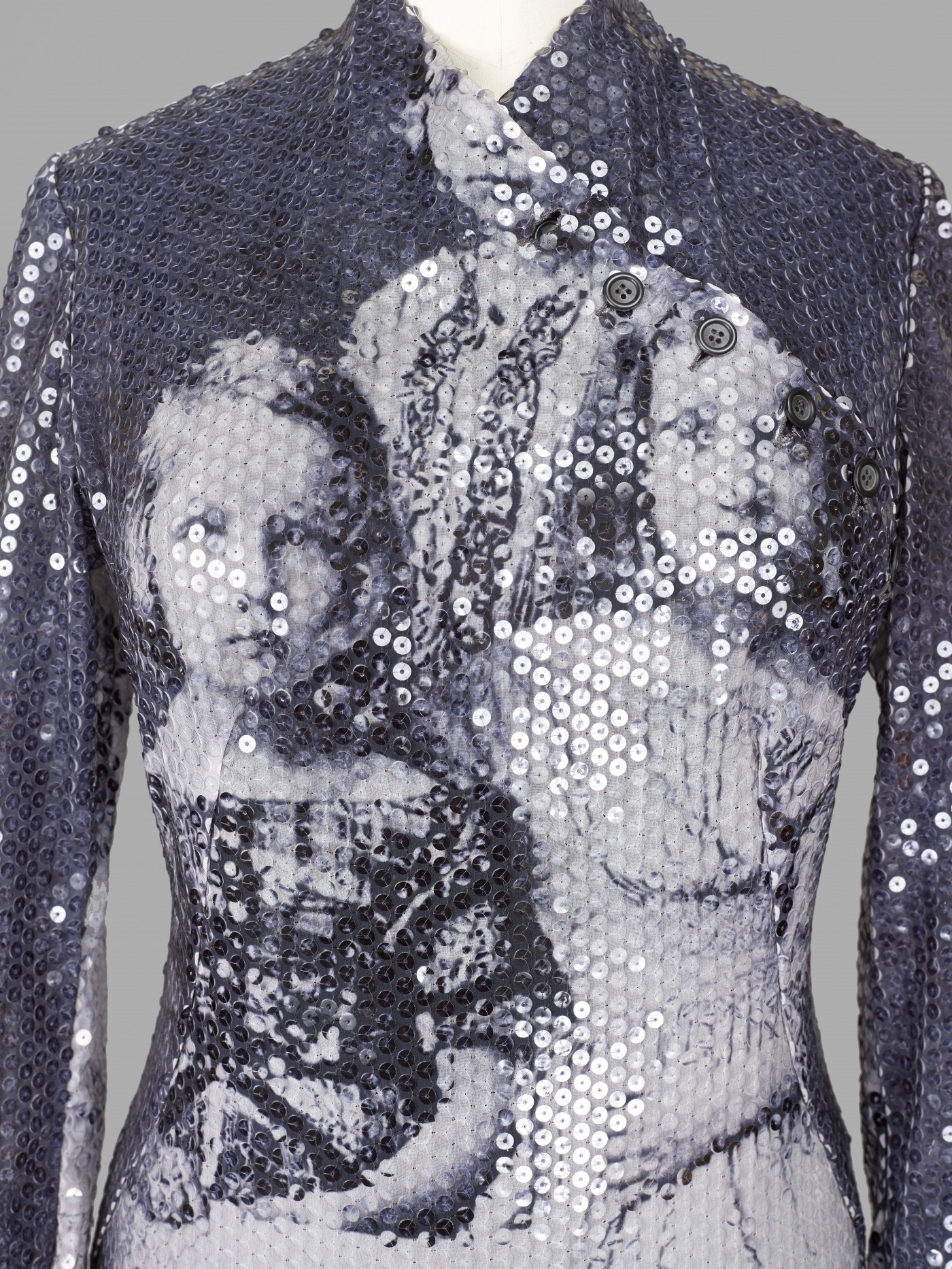
Image: Detail of dress, Alexander McQueen, 1996 Manchester Art Gallery Photography: Michael Pollard
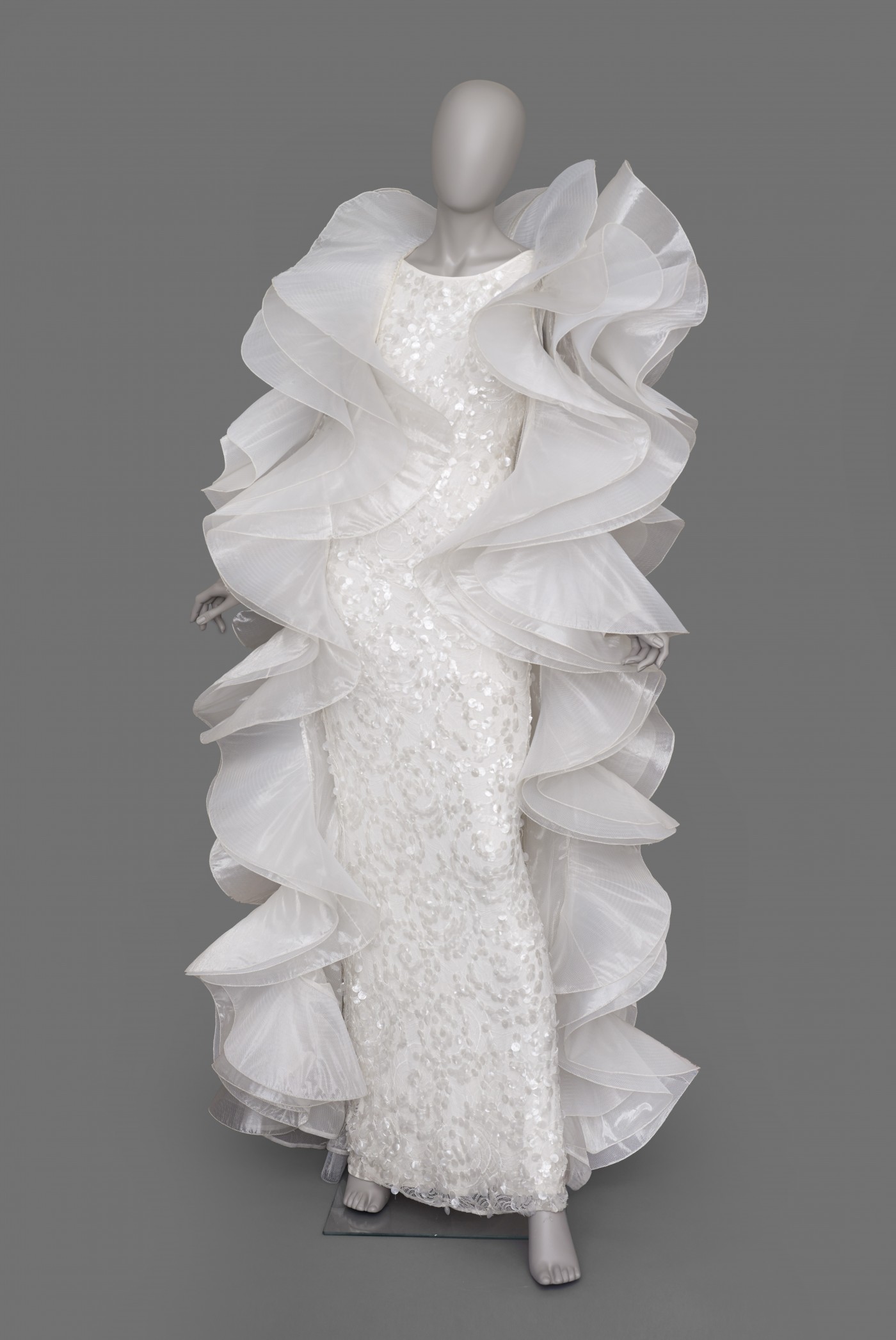
Image: Dress, Pierre Cardin, 1994 Manchester Art Gallery Photography: Michael Pollard
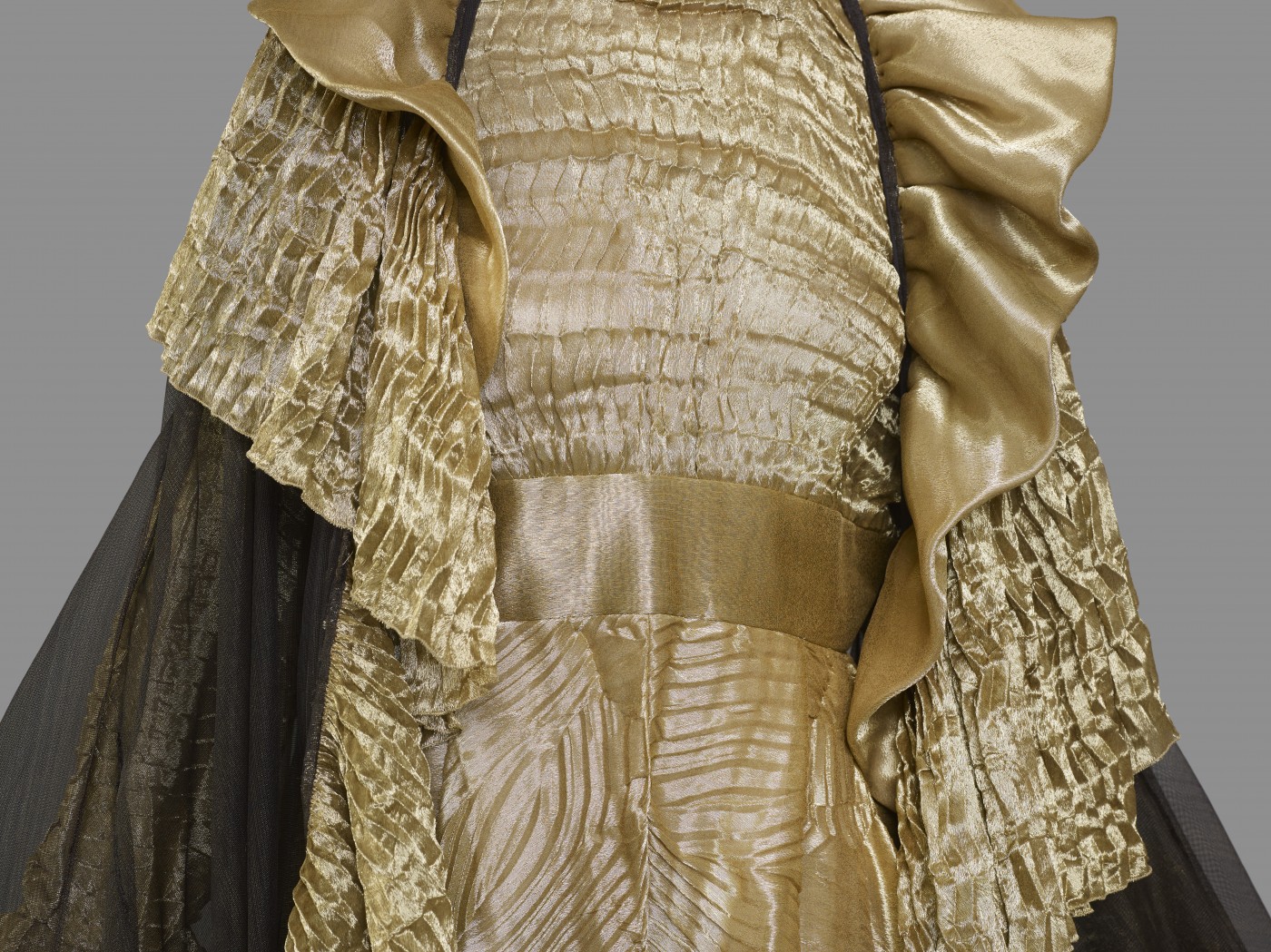
Image: Jumpsuit and Cloak, Paco Rabanne, 1994 Manchester Art Gallery Photography: Michael Pollard

'Couture Attributes' display.